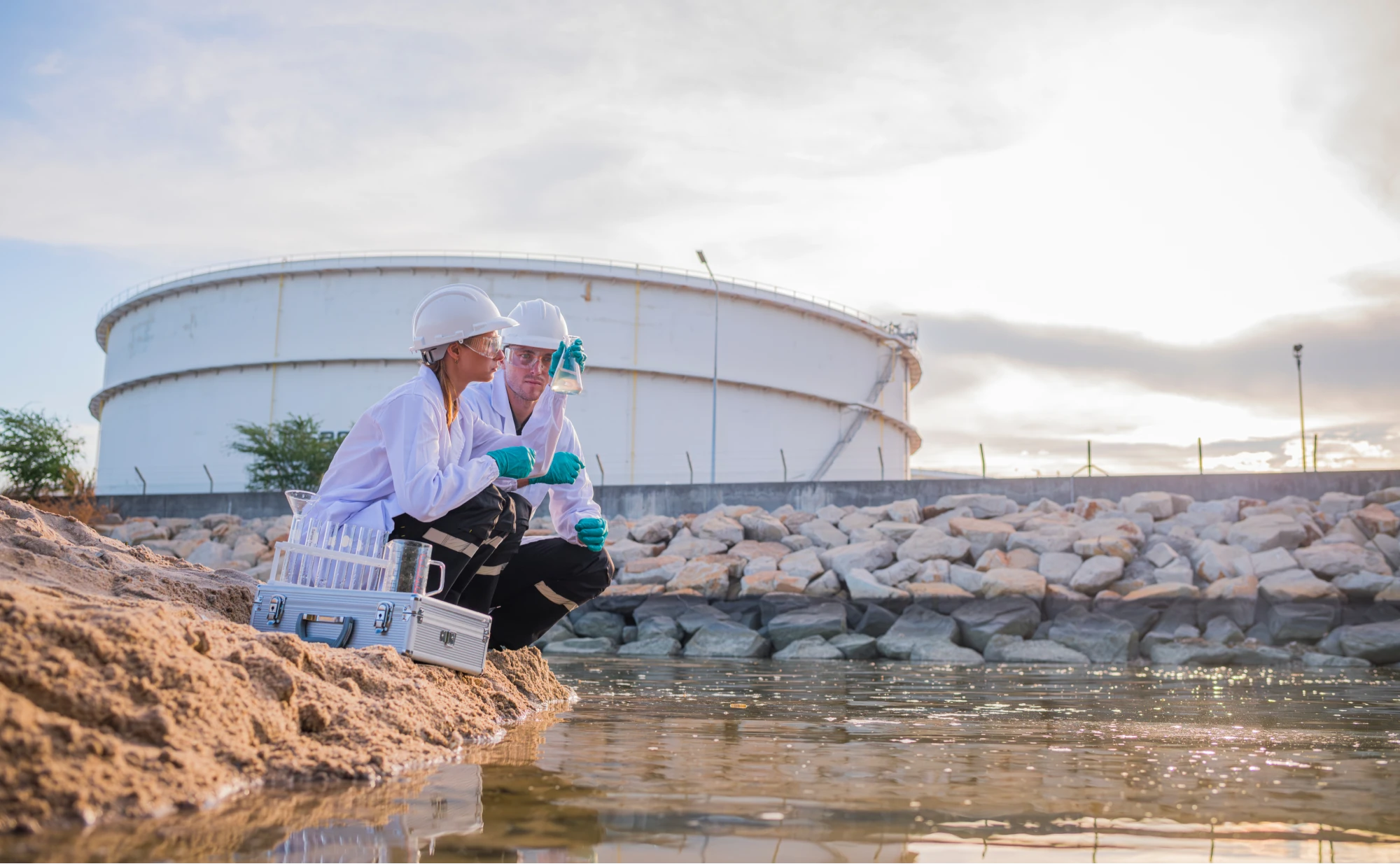Can digital engineering deliver the outcomes AMP8 demands of the UK water sector?

The UK’s water network is mostly out of sight. But every day, it delivers safe drinking water and removes sewage and wastewater, keeping the country running. However, much of the infrastructure on which it relies is ageing – and under increasing pressure as the population grows and new industries, including cloud and data centres, demand more from the network.
With the new regulatory period – AMP8 – unlocking a record £104bn of investment, water companies are being asked to achieve more, and to do it more efficiently. Performance is under close scrutiny from both the public and the regulator. Ofwat’s incentives and penalties mean that improving outcomes cost‑effectively is essential, not optional. Digital engineering offers a practical way to make that happen.
To explore this issue in more detail, download our white paper here.
Why the need for change now?
The sector is dealing with several challenges at once: a growing population, more frequent extremes of weather, tighter environmental standards, and a firm push towards net zero. The numbers speak for themselves:
- 345,000 km of water mains and 500,000 km of sewers serve 57 million people.
- Leakage fell by only 6% in AMP7 against a 16% target.
- Average bills are projected to rise by about 36% by 2030.
- Many legacy asset records are incomplete or out of date—sometimes up to 70%.
The case for digital engineering
First, let’s define what we mean by digital engineering. The broad definition is using accurate data and shared models to plan, build, and operate assets throughout their entire lifecycle – basically ensuring that anyone involved in building or managing the asset has access to the same information, and that this is as close a reflection of reality as possible at any given moment in time. This digital-first approach helps teams make better decisions earlier, coordinate more smoothly, and reduce waste. In practical terms, it supports the balance between cost, risk, sustainability, and performance that AMP8 demands of water companies.
What’s already working on the ground?
Reality capture and digital twins
Laser scanning and drone photography can be deployed to quickly create millimetre-accurate digital imagery of existing sites, plant and infrastructure. This is especially useful where drawings are missing or outdated – a common issue with many of the UK water sector’s oldest assets, some dating from the Victorian era. These “as‑is” models form the basis for digital twins that support more accurate maintenance planning and faster decision‑making. Projects using these methods have reduced survey time and improved health and safety compliance while significantly reducing costs.
BIM with 4D/5D planning
Using 3D models enables designers and contractors to work from the same regularly updated information, reducing clashes and minimising rework. When these models are further enriched by adding schedules (4D) and costs (5D), teams can rehearse construction before mobilisation, keep sites safe and accessible, and manage budgets with fewer surprises down the line. They also provide an invaluable resource for stakeholder engagement or public consultation, allowing virtual walkthroughs of a site at any stage of construction, and visualisations from an angle or viewpoint.
Data analytics and AI
Smart meters and network sensors generate useful information about demand, leakage, and plant performance across the whole supply and drainage network. Analysing this data using AI-enhanced BI tools can help to find leaks sooner, match supply and demand more closely, and optimise energy‑intensive processes. In practice, this results in less water lost and leads to lower operating costs.
The multiplier effect
The real transformation comes when multiple digital engineering tools are used together – amplifying their impact. For example, a scanned model of a treatment site can feed into a BIM environment for design, link to the construction schedule for safer sequencing, and then form the foundation of a live digital twin for ongoing operations. Along the way, data supports choices that reduce carbon emissions and materials usage, while shared platforms help retain knowledge as teams change. This joined‑up approach improves delivery and supports performance commitments on leakage, pollution, outages, asset health, and sustainability.
What’s at stake?
The next five years include major programmes to reduce storm overflows, upgrade wastewater treatment, enhance biodiversity, and build new water resources. These are complex undertakings with high public visibility. As Ofwat has noted, investment alone will not deliver the lasting improvements customers expect. Strong digital practices are now central to turning plans into reliable outcomes.
If you’re a water company leader, asset manager, or project delivery partner, download our latest white paper to discover:
- What’s driving AMP8 investment and how it will affect programmes and bills
- Where ageing assets and data gaps are creating risk—and how to close them
- How BIM, 4D/5D, reality capture, and digital twins improve delivery on live sites
- How data analytics and AI reduce leakage, cut energy use, and lower carbon
- A practical roadmap for building digital capability across teams and supply chains
You can access the PDF version here



